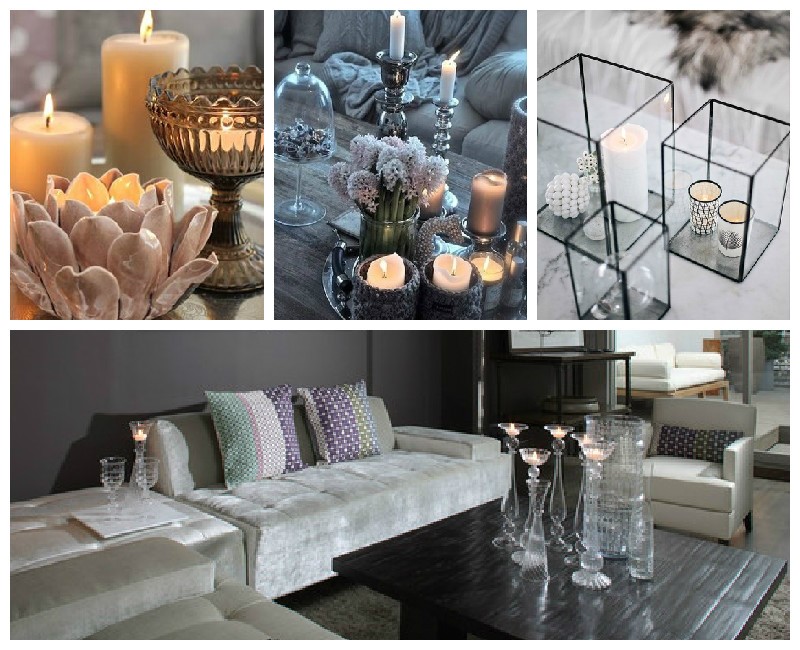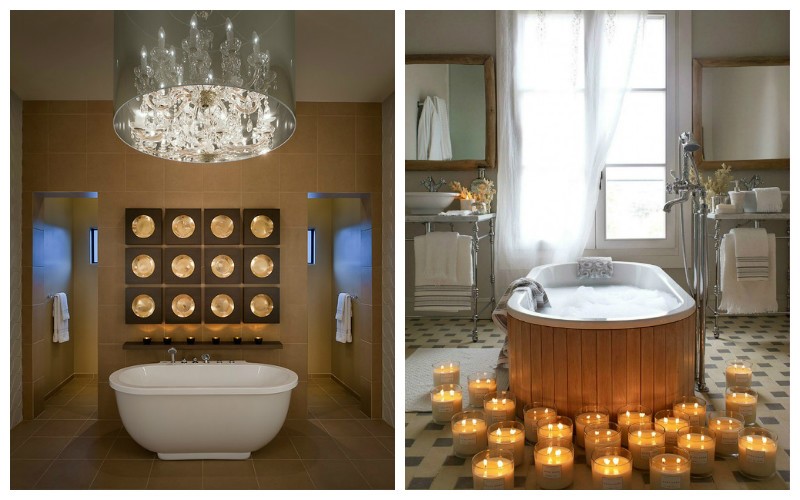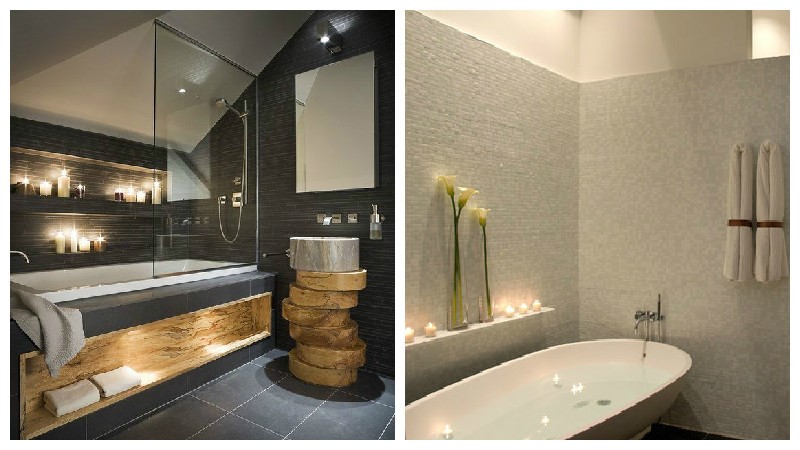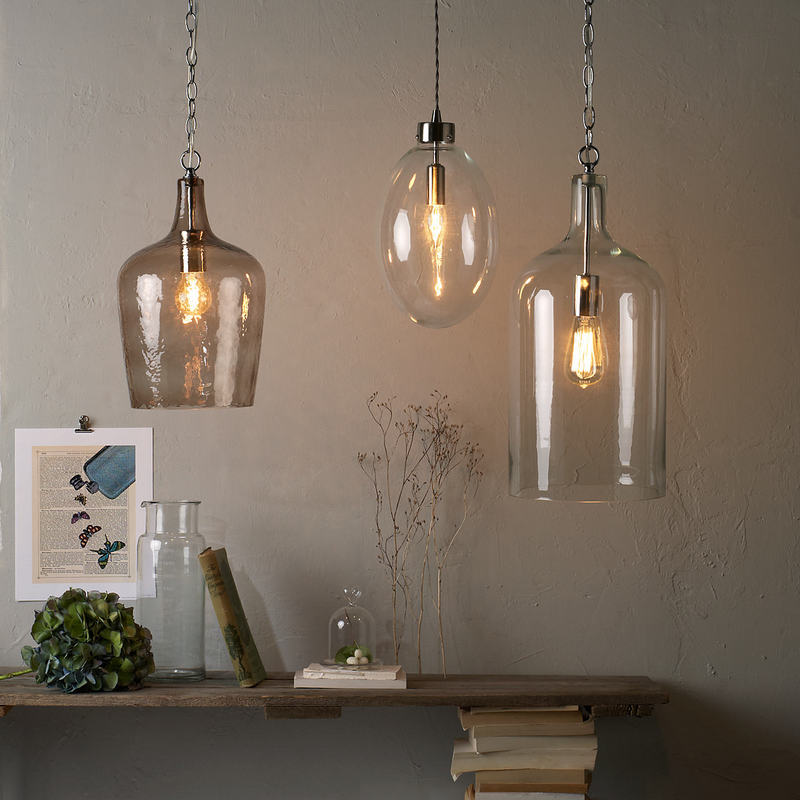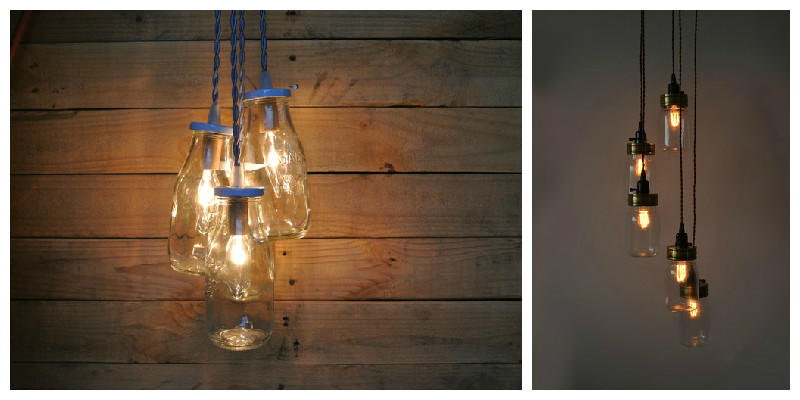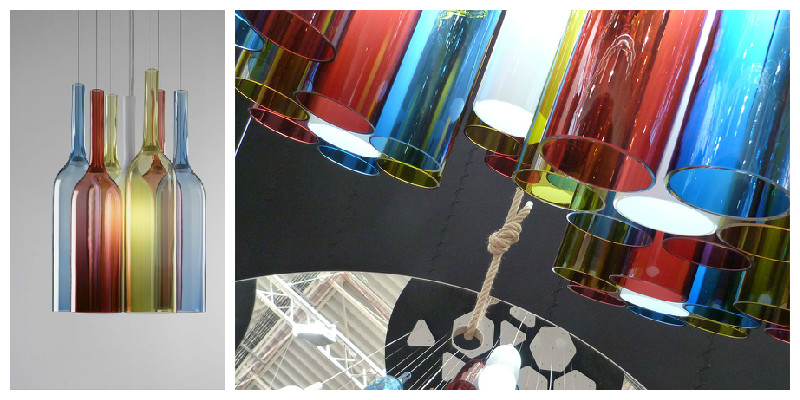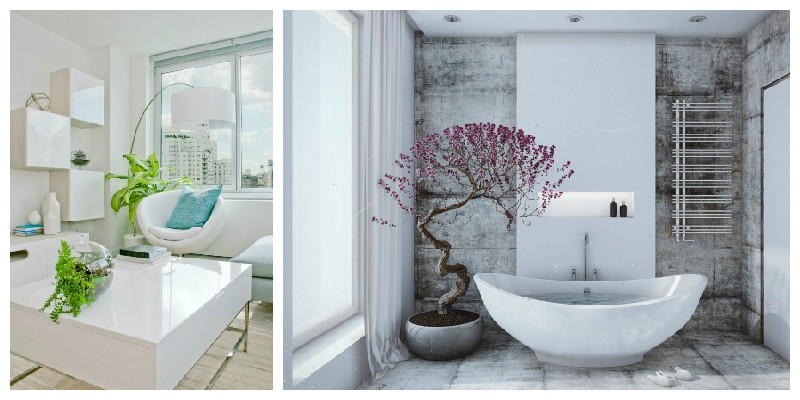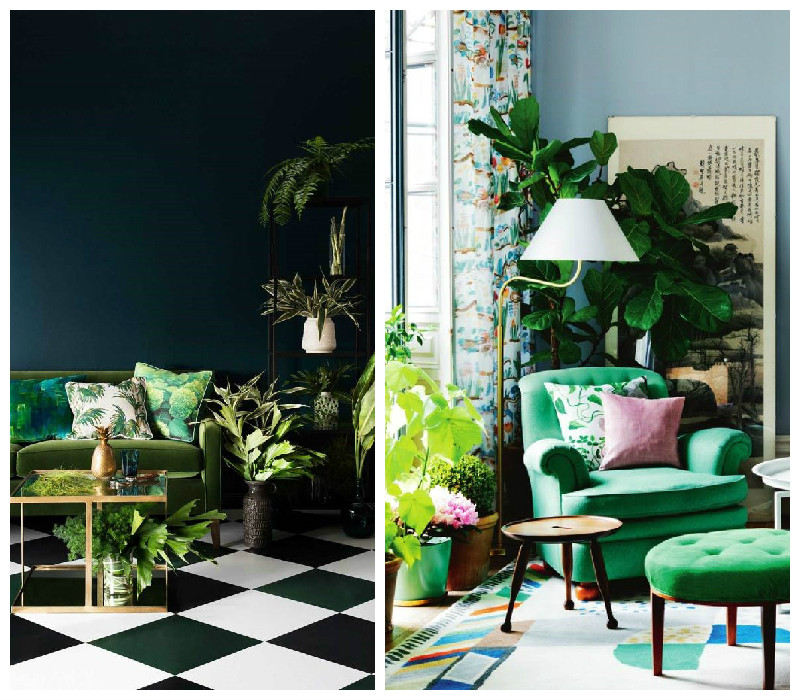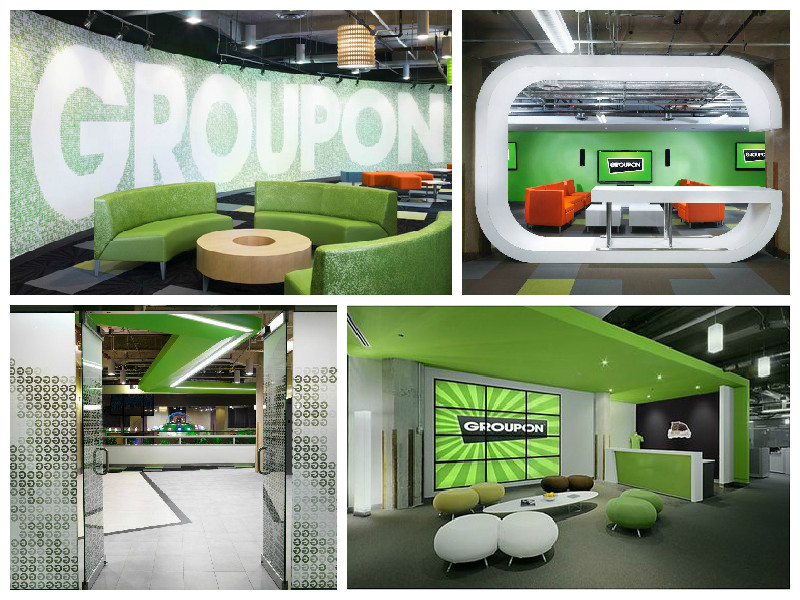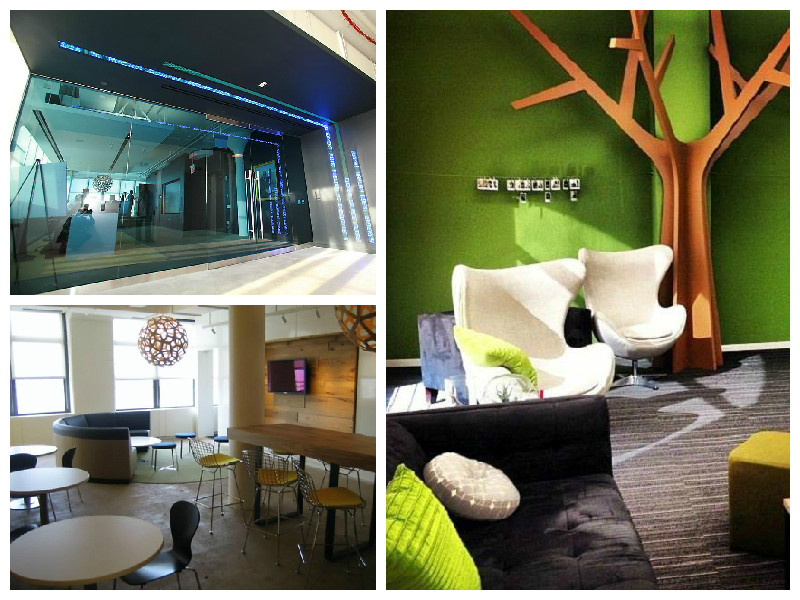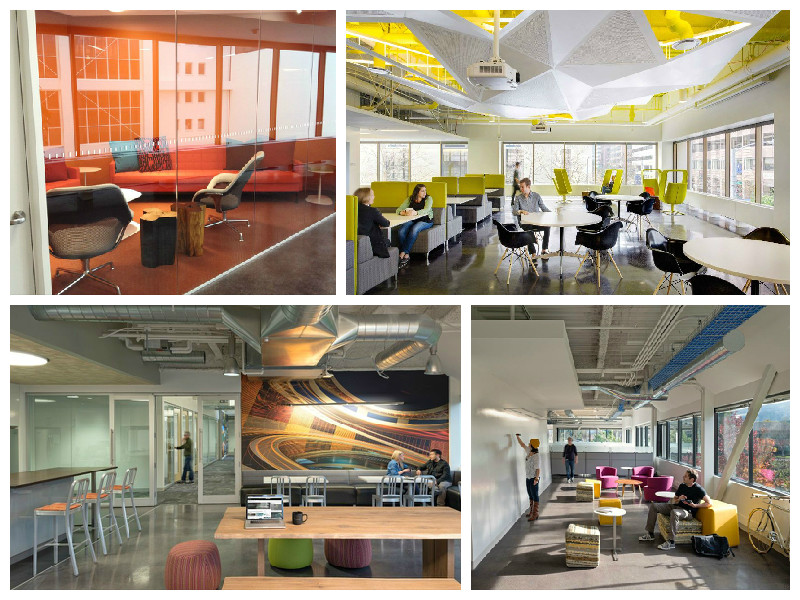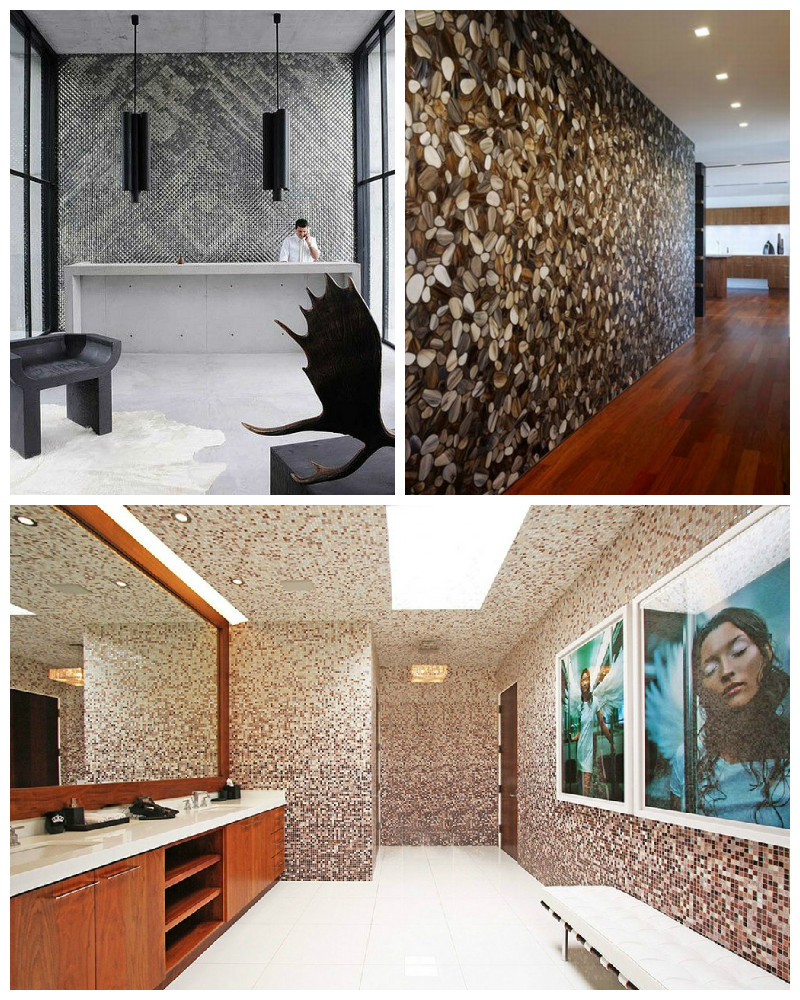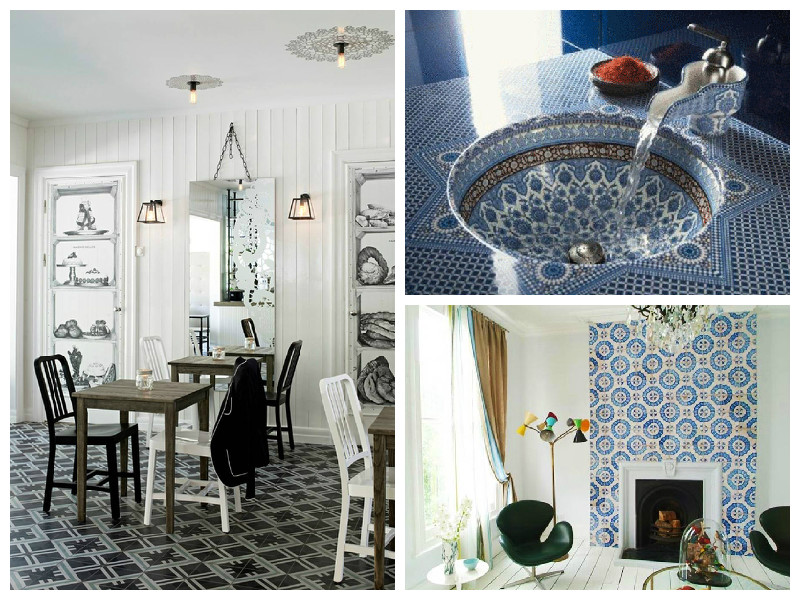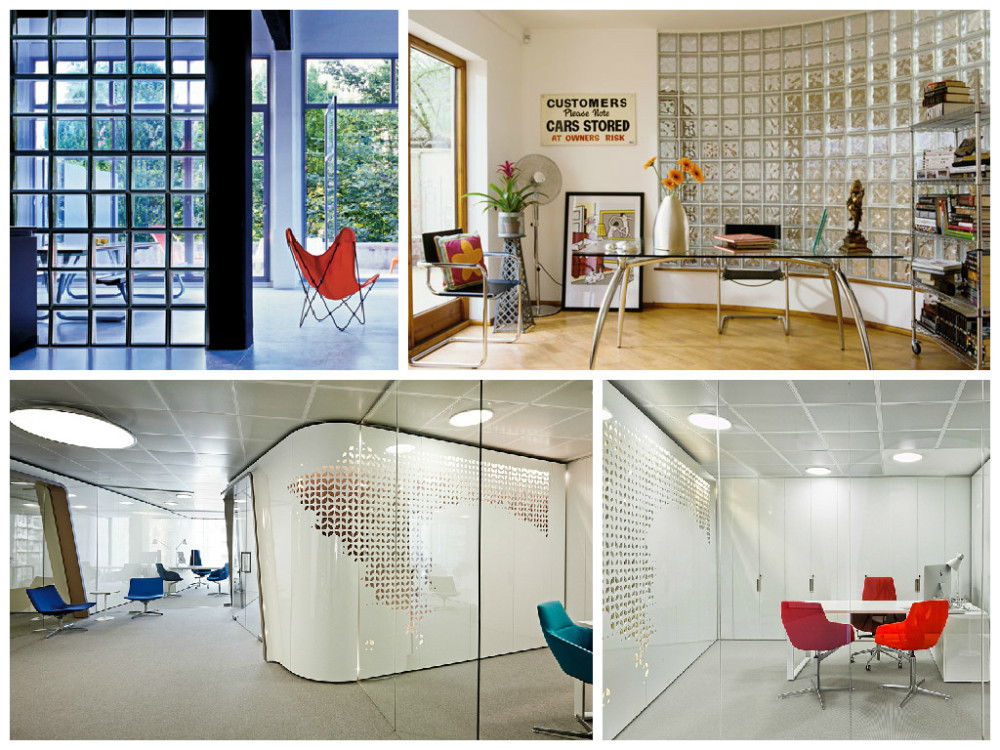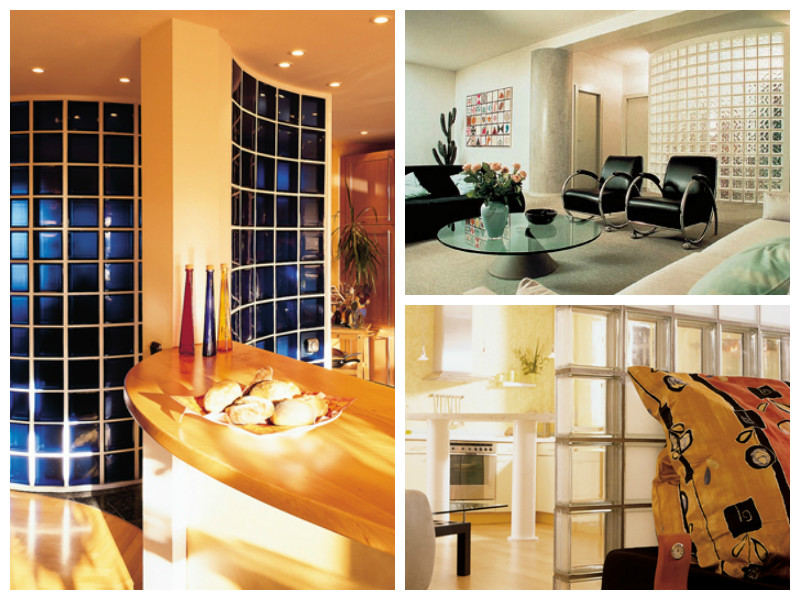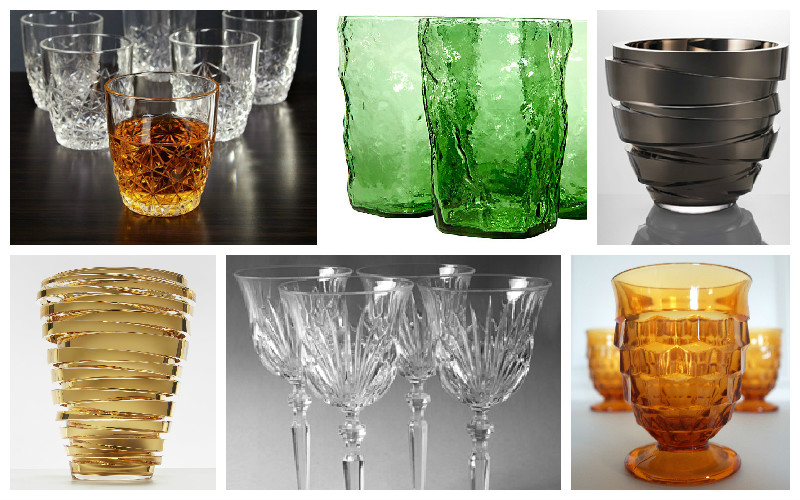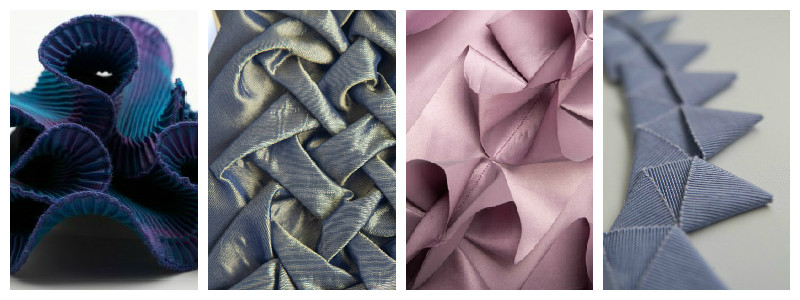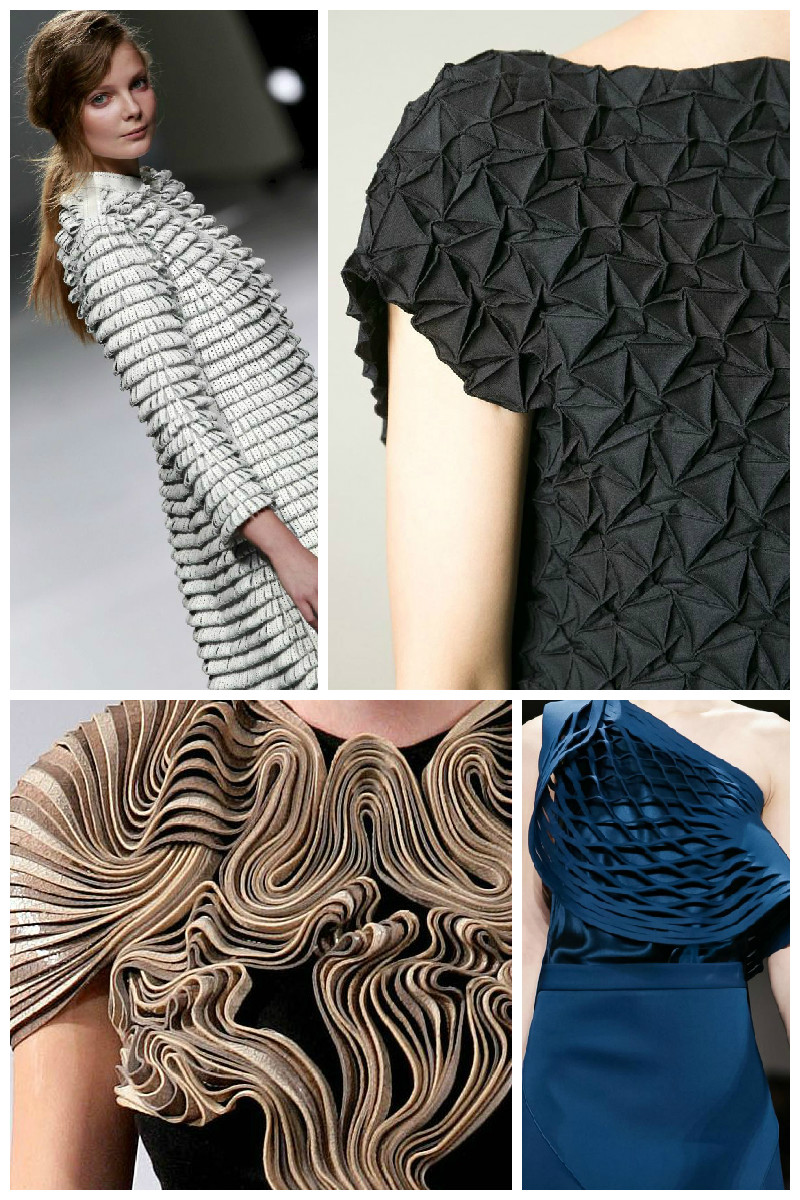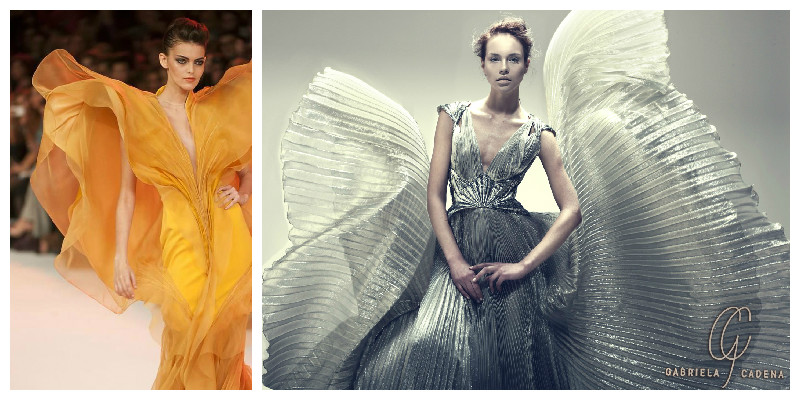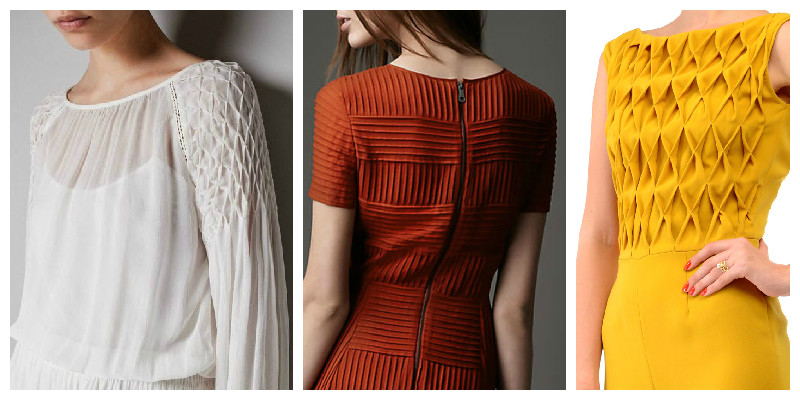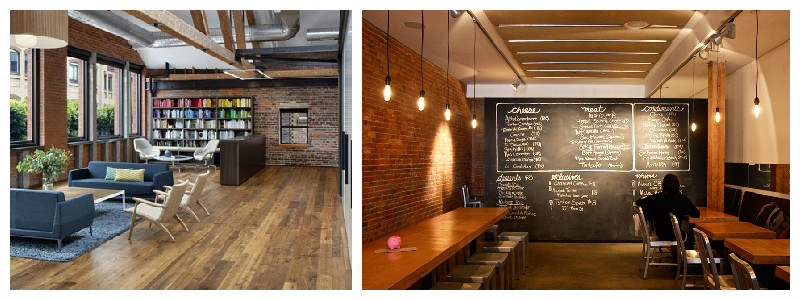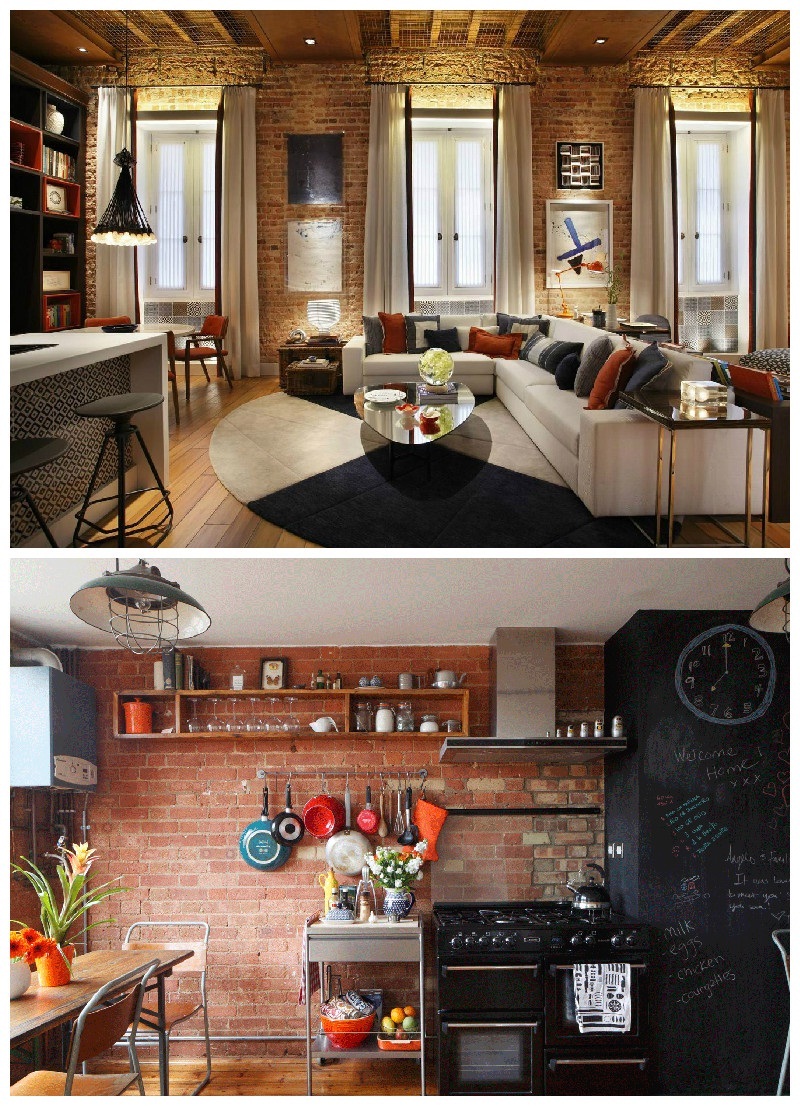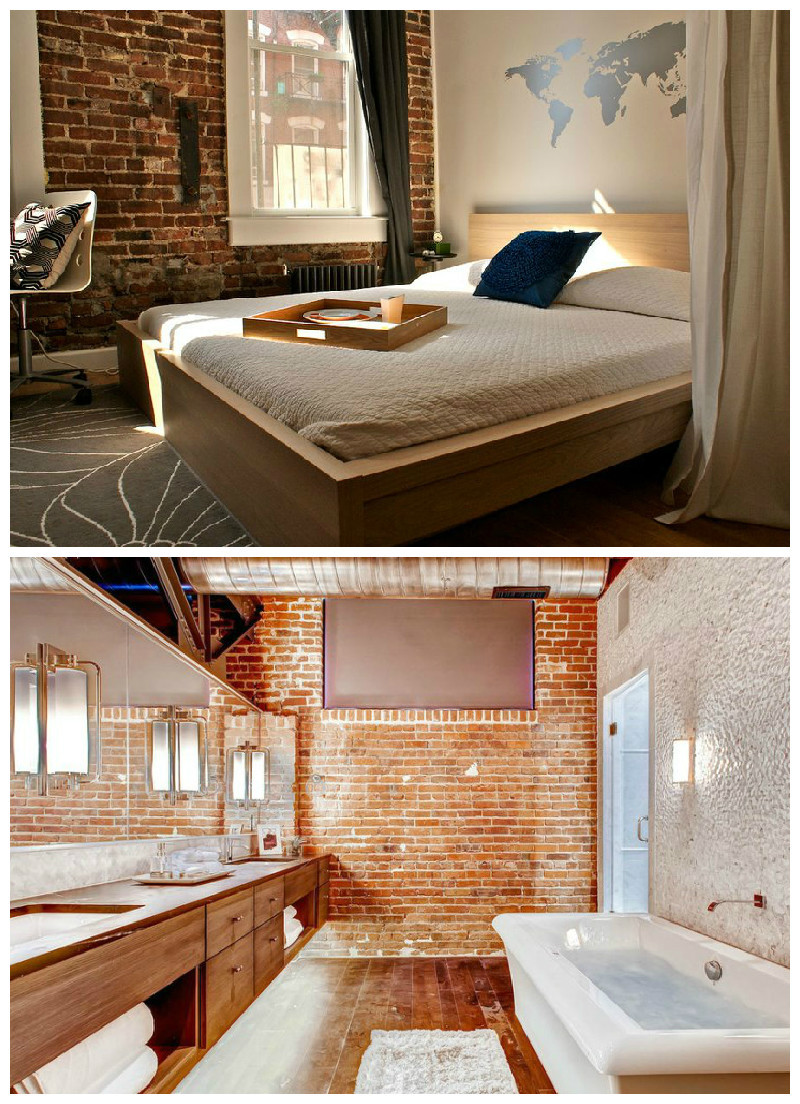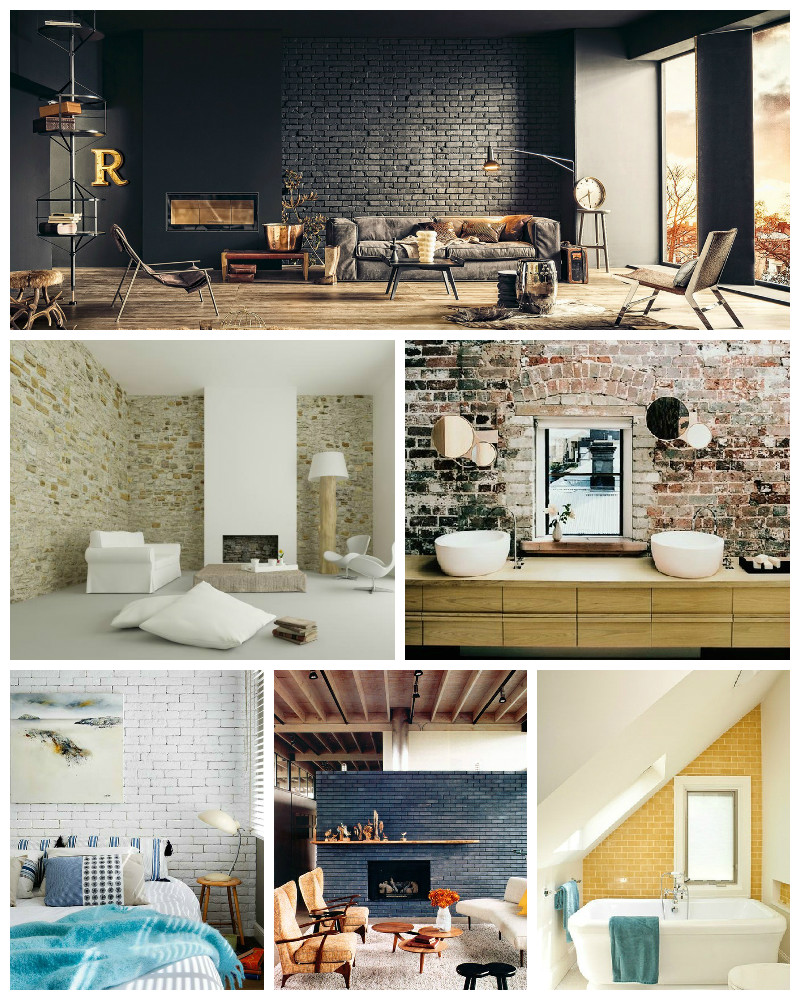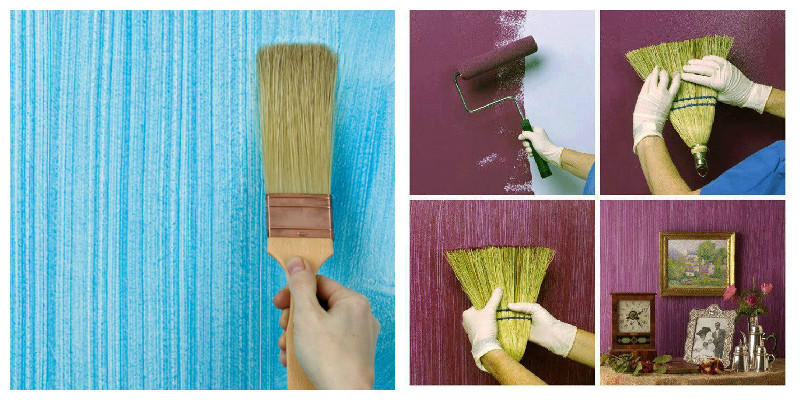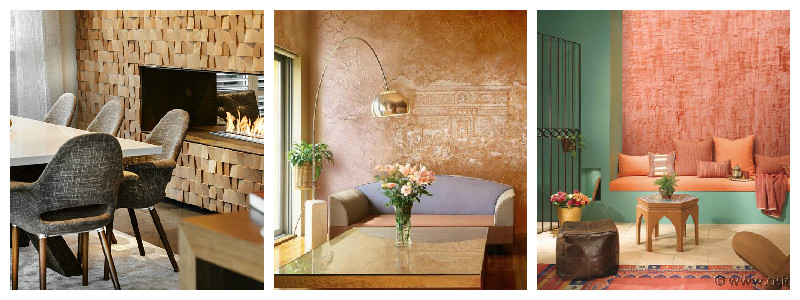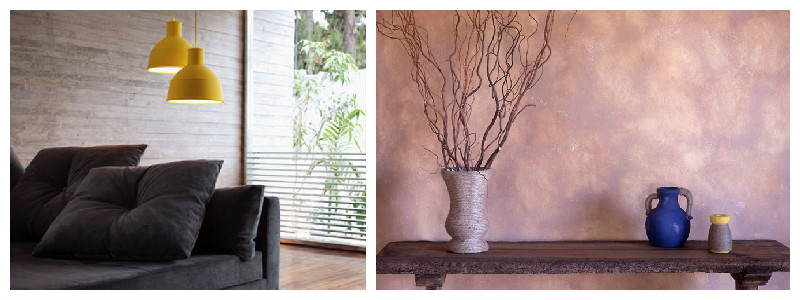What better way is there to change the mood and ambiance of a room than with lighting? From cute tea lights to taper candles and the ubiquitous pillar candles, these nifty items can be an effective way to tickle the senses with inviting beauty and gorgeous scents.
We’ll start the week off exploring one of our favourite lighting accessories – candles. We’ve rounded up a few ways to style these effortlessly.
Spruce up the coffee table: Candles arranged alongside vases, books and other decorative accessories add that extra personality to a coffee table any day any time. We like the visual weight created by the collective presence of the items.
Create an inviting bathroom: With the warm, fuzzy glow they give, candles transform these bathrooms into tranquil sanctuaries. Using candles of the same colour work particularly well to create harmony.
Make way for beautiful dining: Let’s not forget the dining room. Whilst candles might not always be used for all mealtimes, their presence especially at night may be just what you need to enhance your dining experience.






